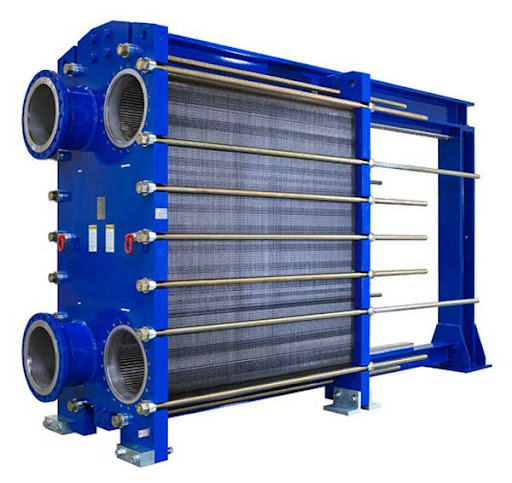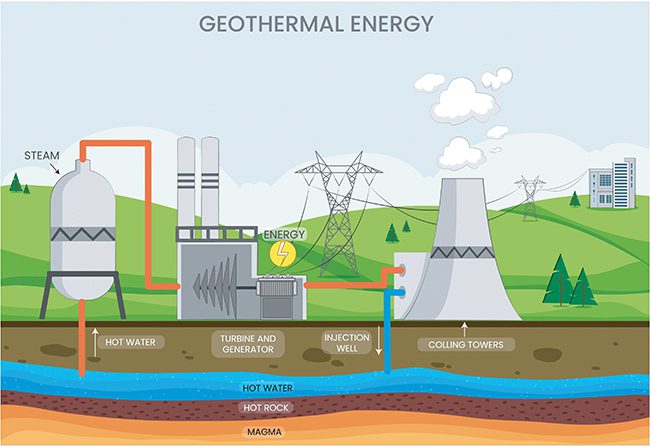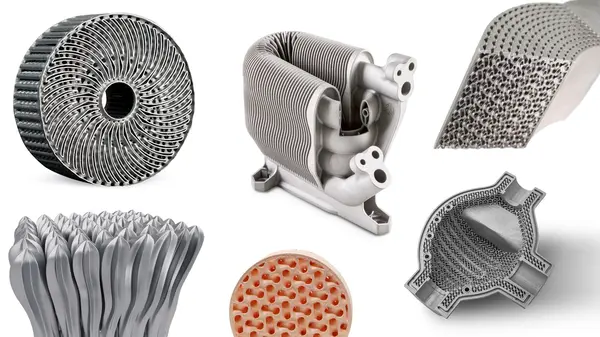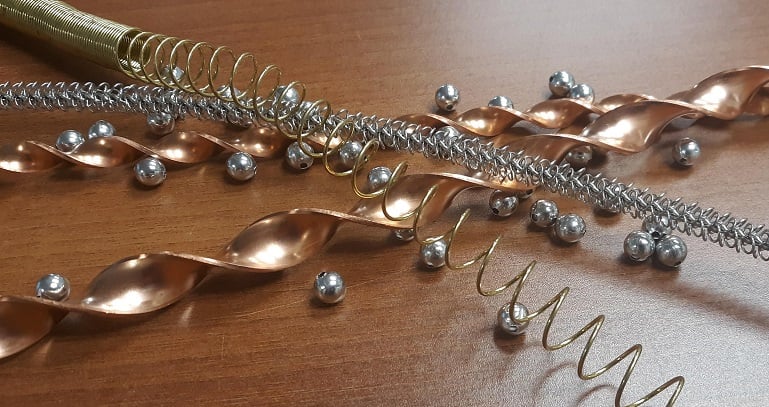Introduction Refrigeration Cycle Chillers is a fundamental cooling process widely used in commercial buildings, industrial plants, medical facilities, and data centers to regulate temperatures efficiently. Chillers operate based on thermodynamic principles, utilizing a…
Plate and Frame Heat Exchanger
Introduction Plate and Frame Heat Exchanger (PHE) is an advanced and highly efficient heat transfer device designed to facilitate heat exchange between two fluids without direct contact. It consists of multiple thin, corrugated…
Sanitary Plate Heat Exchanger
Introduction Sanitary Plate Heat Exchanger play a crucial role in temperature regulation and heat transfer. These heat exchangers are specifically designed for industries such as food processing, dairy, beverage, pharmaceuticals, and biotechnology, where…
Thermal Energy Storage Tanks
Introduction Thermal Energy Storage Tanks are revolutionizing the way industries, businesses, and residential buildings manage energy consumption. These specialized tanks are designed to store excess thermal energy—either in the form of heat or…
Hybrid Cooling Towers vs Traditional Cooling Towers
Introduction Cooling towers are an essential component of industrial and commercial cooling systems, used to dissipate excess heat generated in power plants, HVAC systems, manufacturing facilities, and chemical processing industries. Traditionally, cooling towers…
Chiller Capacity Control
Introduction Chiller Capacity Control are vital components in various industrial, commercial, and residential cooling applications, ensuring precise temperature control and efficient heat dissipation. However, cooling demands fluctuate throughout the day due to changes…
Advanced Polymer Fill Media
Introduction Advanced polymer fill media has emerged as a superior alternative due to its enhanced thermal performance, higher resistance to fouling and scaling, increased durability, and better environmental sustainability. These materials are engineered…
Geothermal Power Plants
Introduction Geothermal power plants utilize the Earth's internal heat to generate electricity, making them a sustainable and eco-friendly alternative to fossil fuel-based power plants. These plants rely on underground reservoirs of steam or…
Custom Heat Exchanger Design
Introduction Custom heat exchangers design are designed and manufactured. Traditional methods, such as brazing, welding, and casting, have limitations in terms of complexity, efficiency, and customization. AM overcomes these challenges by enabling the…
Heat Exchanger with Turbulators
Introduction Heat exchanger with turbulators play a critical role in various industries, enabling efficient heat transfer between two fluids while maintaining thermal balance in industrial processes. However, one of the common challenges faced…










